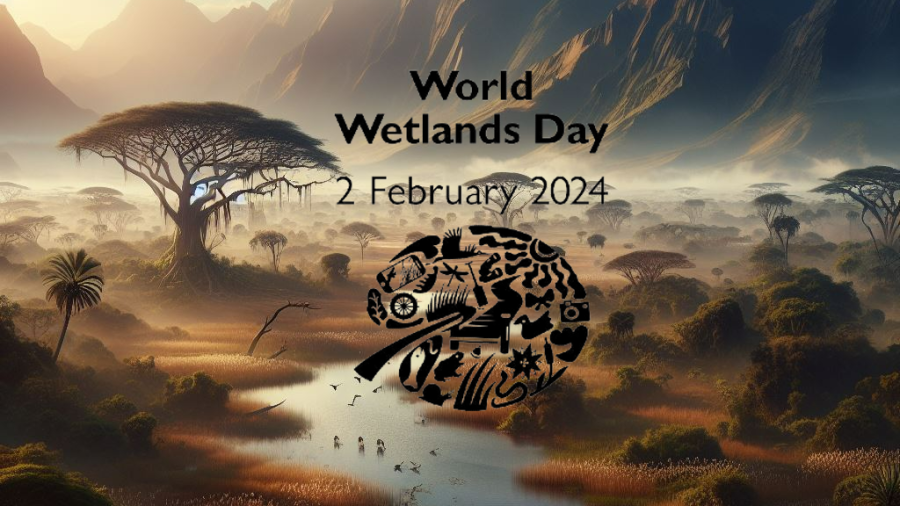
The challenges faced by Radio (particularly in regions like Africa) underscore the need for transformative projects and solutions that can help radio stations navigate these issues and continue to serve their communities effectively into a new century.
Are you passionate about radio or working in the industry? Help shape the future of sustainable broadcasting in Sub-Saharan Africa by participating in our user preference survey for a cutting-edge audience analytics tool designed for African media stations
On this #WorldRadioDay 2024, we reflect on the top five challenges that African radio must address to ensure a sustainable future in a rapidly changing socio-political landscape with disruptive technology. These challenges are:
- Editorial Independence vs Financial Sustainability: A study of local radio stations in Sub-Saharan Africa revealed a constant trade-off between editorial independence, financial sustainability, and community service.
- Technological Infrastructure: The transition to digital platforms is hindered by uneven access to the internet and technological infrastructure.
- Literacy Levels: Limited literacy levels can restrict the audience’s engagement with digital content.
- Colonial Legacy: The legacy of colonial interests continues to influence the content and structure of radio broadcasts.
- Survival of Community Radio Stations: Community radio stations, which have significantly transformed radio perception in Africa, face substantial challenges to their long-term survival.








